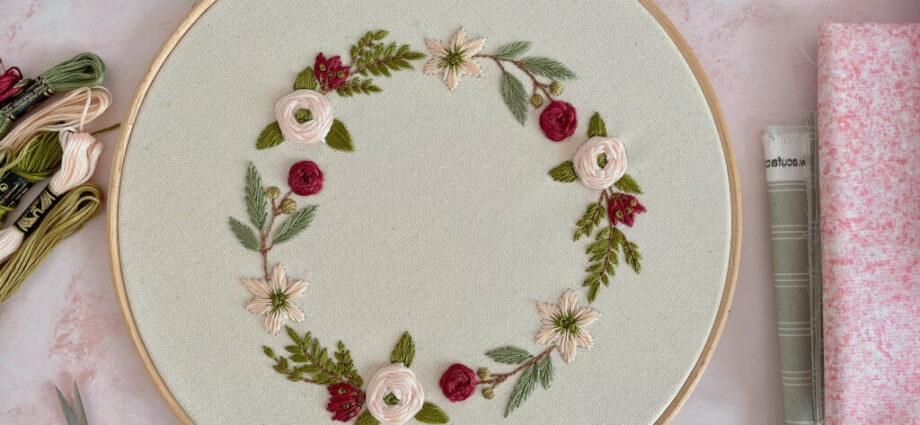The tactile, the personal, and the unique – these are the cornerstones of handmade products. In a digital age dominated by mass-produced items, there’s a burgeoning appetite for goods that carry a human touch. For artists crafting these personal pieces, the internet presents an unparalleled opportunity to reach customers craving originality and flair. Here’s a deep dive into navigating the online world to monetise your handmade products.
Crafting Exceptional Products
Handmade doesn’t just signify an item made by hand; it symbolises dedication, passion, and individuality. To stand out:
Uniqueness: Think about what sets your product apart. Whether it’s a distinct design or a particular crafting technique, uniqueness can be your most significant selling point.
Quality Over Quantity: Given the handmade nature, it’s essential to ensure that each piece maintains a high standard. Quality resonates with customers and leads to recommendations and repeat purchases.
Stay Updated: Trends change. Continually refine your skills, attend workshops, and keep an eye on what’s garnering attention in the handmade world.
Legal Considerations
Before diving into the vast online market, ensure you’re legally protected:
Trademarks and Copyrights: If your designs are unique, consider getting them copyrighted. It will shield them from imitators and give you exclusive selling rights.
Business Licences: Depending on where you’re based, you might need a business license to sell online. Research local regulations.
Taxes: Selling online means you’re running a business, and you’ll be liable to pay taxes. Stay informed about the tax requirements for online businesses.
Platforms to Sell: Your Online Storefront
Etsy: Probably the most renowned platform for handmade goods. With a vast customer base and a reputation for quality, Etsy is an excellent place for beginners.
Not On The High Street: Exclusively dedicated to unique, personalised, and handmade items, this platform offers a curated experience.
Your Website: Platforms like Shopify, Wix, or WordPress allow you to create your online storefront. It gives you full control over branding, design, and customer experience.
Marketing: Making Your Mark
Social Media: Platforms like Instagram and Pinterest are visual-centric, making them ideal for showcasing your handmade items. Regular posts, engaging with followers, and using appropriate hashtags can boost visibility.
Collaborations: Partnering with influencers or other artists can help you tap into their audience. Think about mutual promotions or limited-time collaborations.
Engaging Content: Beyond just selling, consider starting a blog or a YouTube channel detailing your crafting process. It establishes you as an authority in your field and draws in an audience interested in the behind-the-scenes world of handmade goods.
From Craft Bench to Big Bucks

In an online world brimming with mass-produced items, the allure of handmade products has paved the way for several artists to create a profitable niche for themselves. Here’s a closer look at some artisans who’ve turned their passion into a lucrative online enterprise.
Rebecca’s Clay Creations:
What began as a simple fascination with clay soon morphed into a full-blown enterprise for Rebecca. Crafting intricate clay jewellery with designs inspired by nature and geometry, she saw Etsy as the perfect marketplace to cater to a global clientele seeking unique pieces. Beyond Etsy, Rebecca recognised the visual appeal of her creations and leveraged Instagram. Through consistent posts, interactive stories, and paid promotions, she built a loyal customer base. The combined strategy has been fruitful, resulting in an average monthly income of £4,000.
Tom’s Woodwork Wonders:
Tom always had a knack for crafting. A carpenter by trade, he started to experiment with crafting bespoke wooden furniture pieces, from oak dining tables to hand-carved bookshelves. Rather than relying on third-party platforms, Tom chose to sell his creations through his own website. The personal touch helped in building trust. But the real game-changer for him was using targeted Facebook ads and forging collaborations with prominent home décor influencers. These strategies propelled his visibility, helping him amass an impressive £60,000 in sales last year alone.
Anna’s Artistic Apparel:
Anna always found solace in two things: art and fashion. The idea to marry these interests led to the inception of her unique brand, where she began painting custom designs on apparel ranging from tees to jackets. Not On The High Street, known for championing independent artists and creators, seemed like a natural fit. To augment her online sales, Anna also held regular pop-up events across various cities. These live events not only bolstered sales but also enhanced her brand visibility, leading to a steady monthly income of £5,500.
Liam’s Leather Luxuries:
Leatherwork was a skill Liam inherited from his grandparents. Modernising the age-old craft, he started creating contemporary leather goods like wallets, belts, and laptop sleeves. He chose platforms like eBay and Depop to sell, attracting a younger, style-conscious demographic. Alongside, Liam started workshops, offering insights into leather crafting, thereby adding another revenue stream. His multi-pronged approach resulted in a commendable monthly turnover of £6,700.
Faye’s Fragrant Candles:
Faye’s entry into the world of candle-making was serendipitous, prompted by a DIY candle kit gift. Her candles, made from sustainable soy wax and infused with unique fragrances like lavender espresso and orange cedarwood, caught the attention of many. Using Amazon Handmade to reach a vast customer base, she supplemented her online efforts with participation in craft fairs throughout the UK. Her dual strategy paid off, with Faye clocking in an annual profit of £45,000.
The ascent of these artisans underscores a pivotal trend in the online marketplace: the growing appeal of handmade products and the lucrative possibilities they hold for creators. By combining craft with astute online strategies, they’ve showcased that passion, when channeled effectively, can indeed be monetised handsomely.
The digital realm, coupled with the world’s growing penchant for handmade products, offers a lucrative venture for artists. From crafting exceptional products to marketing them effectively, the journey might be challenging, but the rewards are bountiful. In the sprawling landscape of generic items, handmade products echo a story, a persona, and for the creator, they signify a dream transforming into a tangible, lucrative reality. For artists ready to merge creativity with entrepreneurship, the online world is ripe with opportunity.
